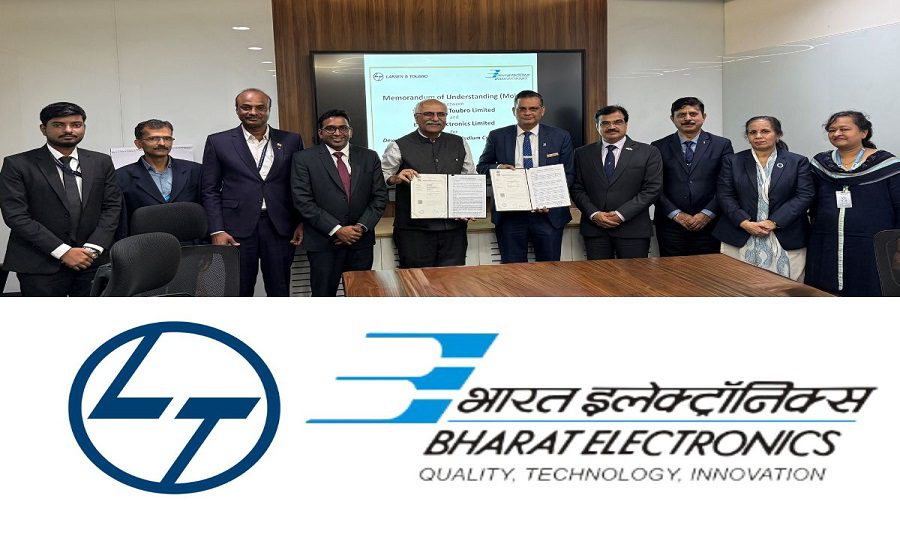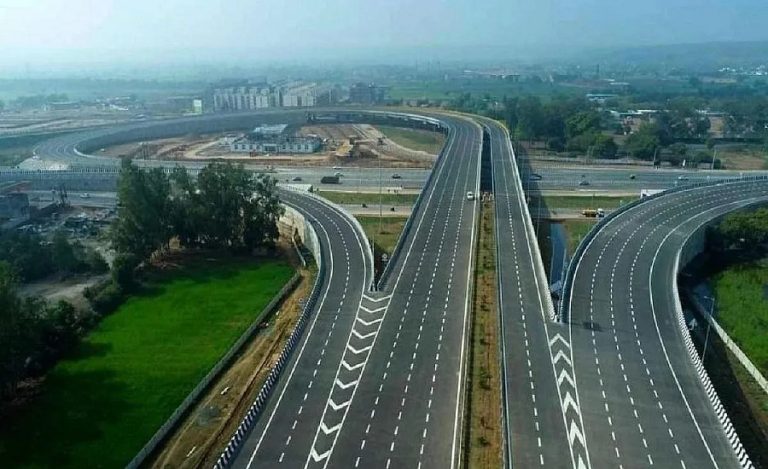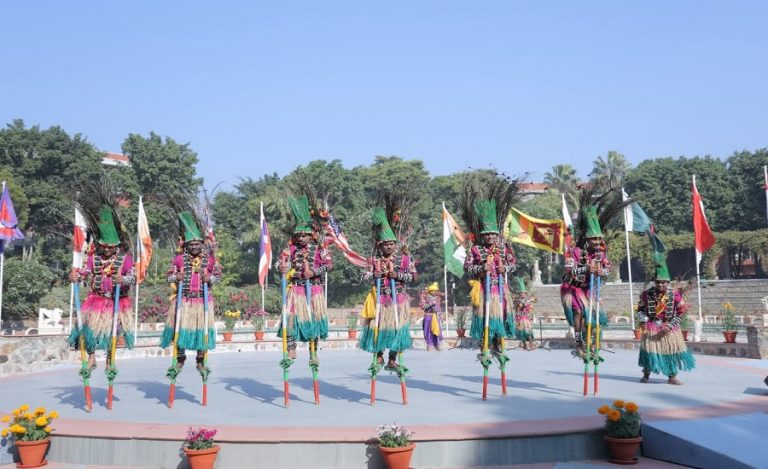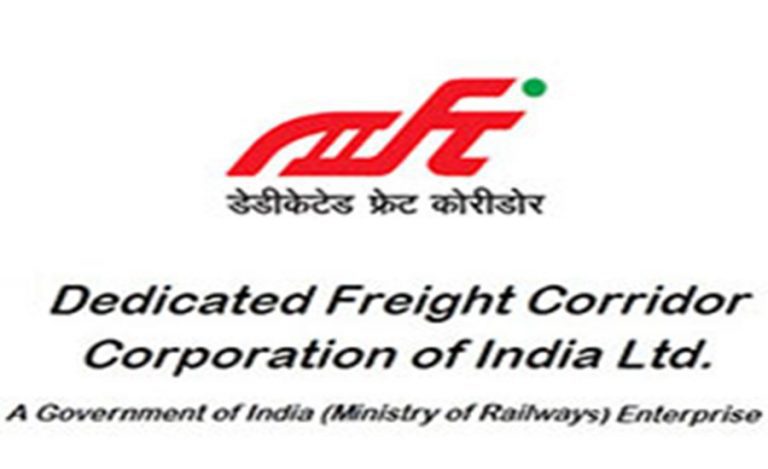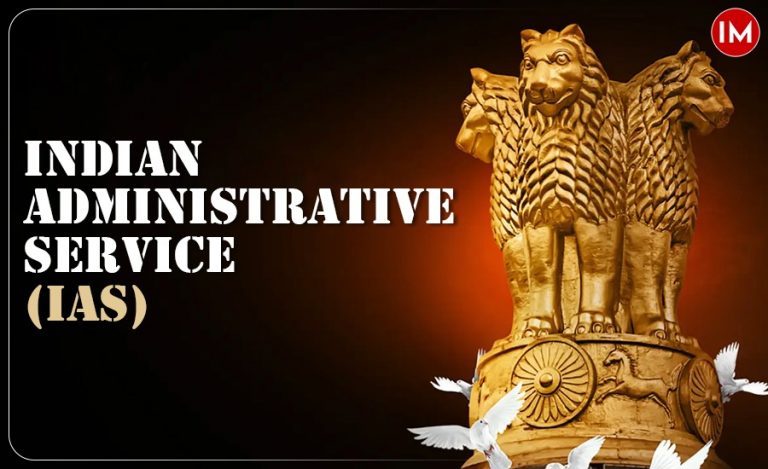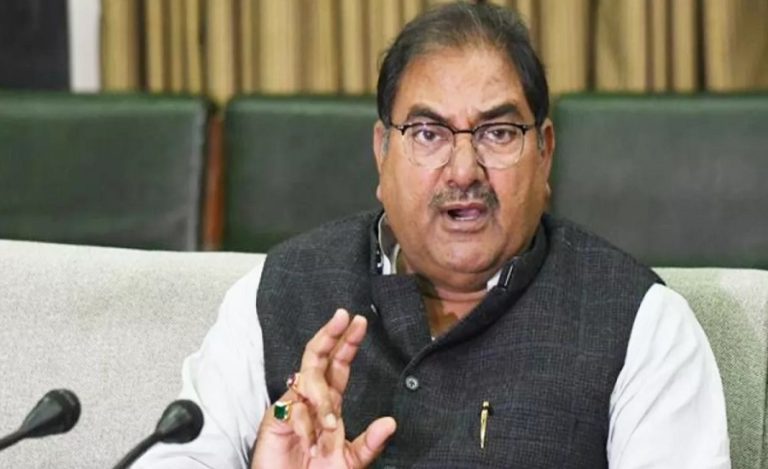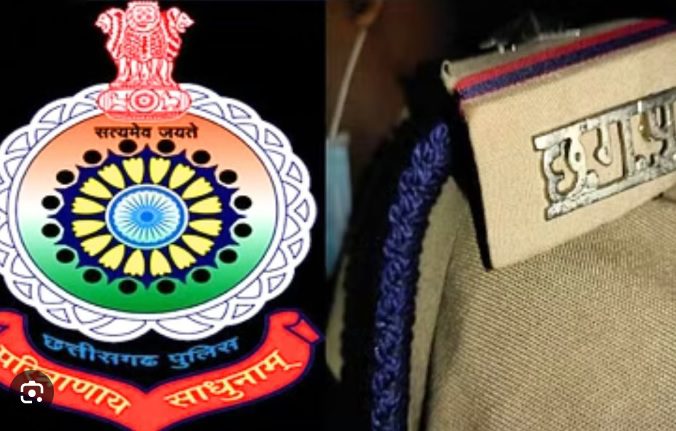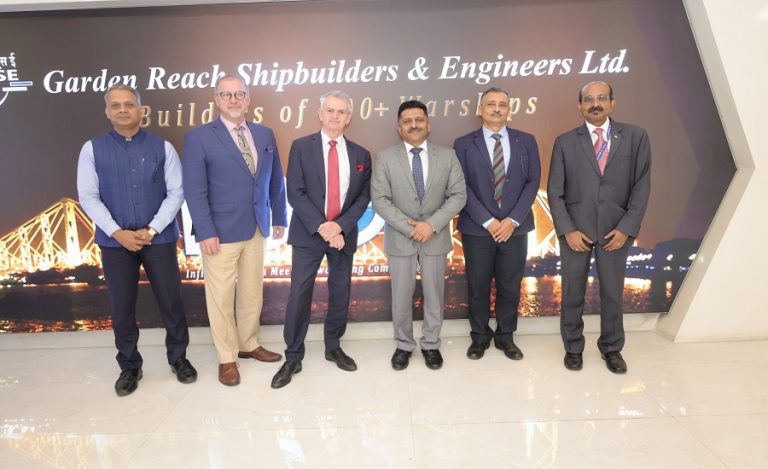New Delhi: In a landmark move for India’s defence and aerospace sector, the alliance between Larsen & Toubro (L&T) and Bharat Electronics Limited (BEL) has officially inducted Dynamatic Technologies Ltd (DTL) as the exclusive industrial partner for the Advanced Medium Combat Aircraft (AMCA) programme.
This collaboration aligns global-class engineering of DTL, precision manufacturing of L&T and cutting-edge electronics of BEL — marking a decisive stride in India’s journey towards aerospace self-reliance.
Background of the AMCA programme
The AMCA programme, spearheaded by the Aeronautical Development Agency (ADA) under the Defence Research and Development Organisation (DRDO), seeks to design, develop and produce a fifth-generation stealth twin-engine multirole fighter for the Indian Air Force.
Previously, the L&T-BEL consortium had emerged as a frontrunner for the contract. With this latest step of onboarding DTL, the consortium strengthens its industrial backbone to meet high standards of stealth, avionics and structural manufacturing.
What the Partnership Means for AMCA programme
Structural Expertise × Electronics Integration: Dynamatic Technologies brings decades of experience in manufacturing complex aero-structures and high-precision sub-systems for global aerospace OEMs.
L&T contributes deep engineering and manufacturing strength spanning aerospace and defense systems, while BEL anchors the electronics, radar and systems integration side of the fighter.
Boosting Make-in-India and Self-Reliance: This alliance is more than a contract—it represents India’s push for a full, indigenous aerospace value-chain—from airframe to avionics and mission systems. By enabling India to join the small club of nations capable of building stealth fighters, the project advances the “Atmanirbhar Bharat” vision.
Industry & Export Potential: The combined strength of structural manufacturing, system integration and electronics opens the door for future export-oriented aerospace manufacturing from India.
As one article notes, the inclusion of DTL “completes a tri-sector synergy of structural, electronic, and manufacturing excellence”.
Faces Behind This Program
Arun Ramchandani, Senior Vice President & Head, L&T Precision Engineering & Systems – He stated that this partnership brings
“unmatched agility and precision” to India’s fifth-generation fighter programme.
Udayant Malhoutra, CEO & Managing Director, Dynamatic Technologies Ltd – He remarked that with a legacy of supersonic aircraft structures spanning three decades, the collaboration forms the perfect blend of expertise for India’s stealth fighter development.
Technical and Strategic Details of AMCA programme
- The AMCA is planned as a twin-engine, five-generation, stealth-capable multirole fighter with advanced sensors, internal weapons bays, and super-cruise capability.
- The L&T-BEL-DTL consortium will handle key elements: structural assemblies, avionics integration, mission-systems and ground support equipment.
- Timeline projections suggest a prototype out-roll by 2026-27, with induction into service by 2034-35.
Why AMCA programme Matters for Indian Defence Manufacturing
Scale and capability: By involving DTL, India consolidates a full value-chain from composite and metallic aerostructures to assembly, integration and electronics.
Global competitiveness: With this trio, India deepens its aerospace ecosystem-enabling future platforms, exports and strategic autonomy.
Technological leap: Access to high-precision manufacturing and sub-systems aligns with global benchmarks, preparing India for next-gen platforms.
Acceleration of timelines: Industry partnership is key to shrinking development time-lines, especially in defence aerospace. As Ramchandani pointed out-this is as much about ecosystem building as aircraft building.
Challenges & What’s Next
While the announcement is significant, translating partnership into production-ready systems will require investments, supply-chain maturity, regulatory clearance, and consistent timelines.
Building the first prototype, achieving stealth certification and scaling up to serial production are major hurdles. The consortium must deliver on these fronts to capitalise on this collaboration.
Export viability will depend on achieving high indigenous content, quality assurance, cost-competitiveness and strategic partnerships abroad.

